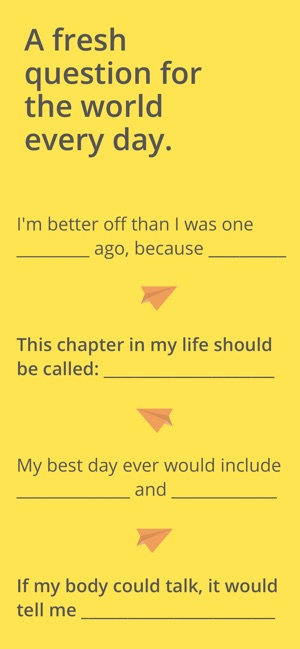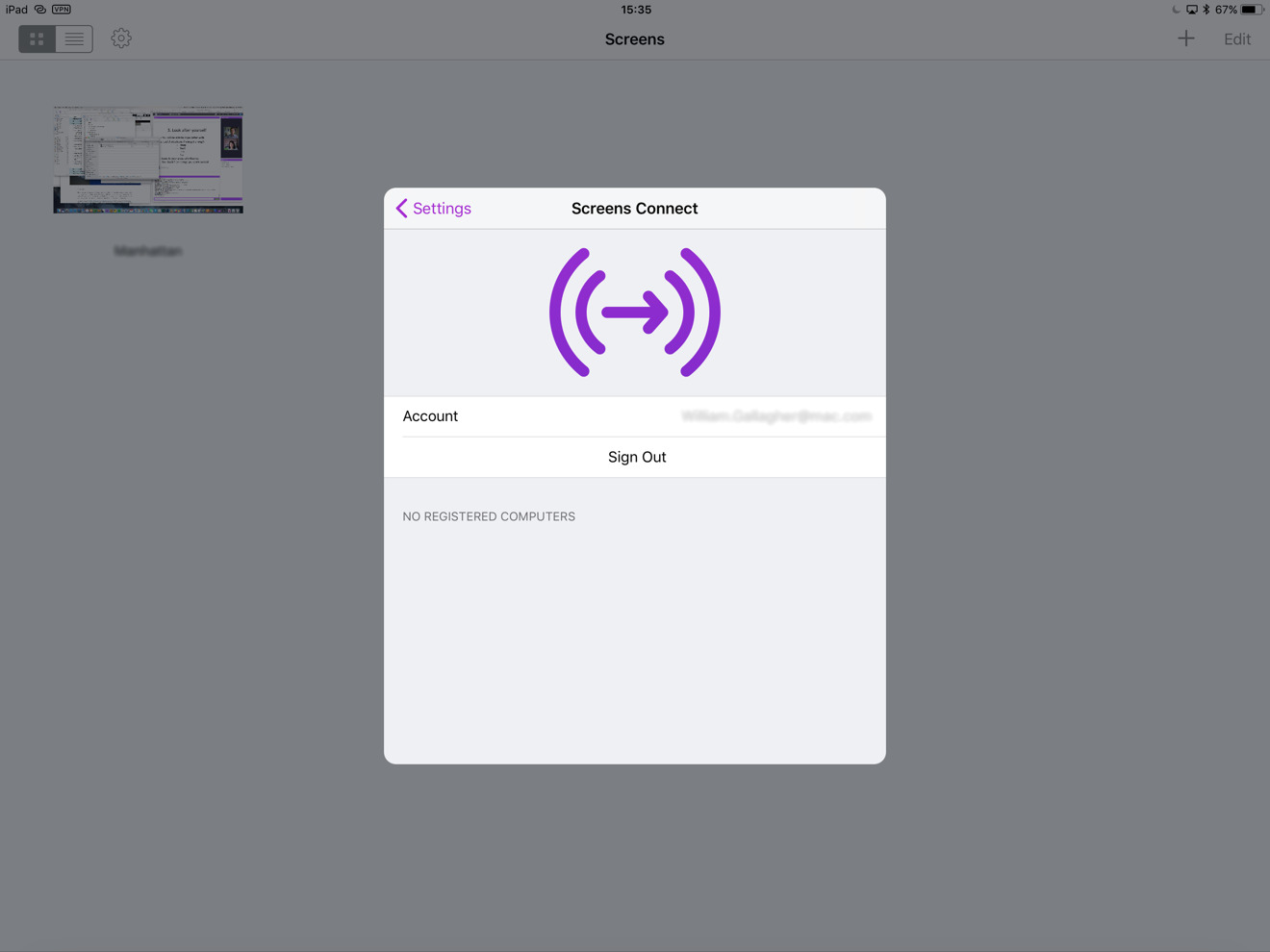First off, I don't use or own a Mac so I'm not familiar with the Mac world. One of our franchise owners called me who owns a Mac. It's the Lion OS and she said she had just updated it to the latest version (that's all I know about the OS, sorry). When she opens some of our PDF documents, they come up blank (basically, no text). SheepShaver is a PowerPC (PPC) emulator which allows you to run Mac OS 7.5 up to Mac OS 9.0.4 on various platforms, such as on Windows. SheepShaver started as a commercial project in 1998 but is now open source since 2002.
Blanks
World Of Blanks Mac Os Sierra
a Mini vMac Extra
Download
blanks-1.1.zip (info)
'blanks-1.1.zip' is a zip archive containing a folder of zipped empty Macintosh disk image files of various sizes and formats.
First unzip 'blanks-1.1.zip' to get the folder 'blanks'. Then when you need a blank disk image, unzip one of the files in this folder. For example, unzip '800K.zip' to get '800K.dsk', an 800K blank disk image, the size of a floppy disk normally used by a real Macintosh Plus.
Download New Mac Os
For information about using disk images in Mini vMac, see the 'Floppy Drive' section of the Hardware Reference. To transfer files from your real computer into and out of disk image files, see the utilities ImportFl and ExportFl.
The top level of the blanks folder contains 2 other disk images in the sizes of standard Macintosh floppy disks: 400K and 1440K. Ray bibbia mac os. A real Macintosh Plus floppy drive could use 400K disks, but not 1440K, which came later. But Mini vMac doesn't emulate the real floppy drive, replacing the disk driver in ROM, and so can use any size disk image, not just 400K and 800K.
The 'K' folder contains disk images smaller than 1 megabyte, in powers of 2 starting at 128K (the smallest that works), and also multiples 1.25, 1.50, and 1.75 of those powers.
The 'M' folder contains disk images larger or equal to 1 megabyte, up to 224M. In general, it may not a good idea to use the largest sizes, for reasons described below.
The 'mfs' folder contains disk images in the MFS format (Macintosh File System). All the other disk images in Blanks are in 'HFS' format (Hierarchical File System), the standard for a Macintosh Plus. MFS preceded HFS. The original Macintosh 128K and 512K can only use MFS and not HFS. A Macintosh Plus can use either.
The 'dc42' folder contains disk images with the Disk Copy 4.2 header, and having file tags and checksums. (All the other disk images in Blanks are 'raw', containing just image data with no header or trailer.) Mini vMac can support file tags with the build system option '-sony-tag 1', and can support checksums with the build system option '-sony-sum 1'.
If you're thinking of using large disk images, keep in mind that it is not a good idea to create one giant disk image for all your work. One reason is that the HFS file system is limited to a maximum of 65535 allocation blocks. So the minimum block size increases for larger disks, meaning more wasted space. (HFS Plus fixed this problem, but isn't supported on a Macintosh Plus.) Another reason it is a bad idea is that a Macintosh Plus doesn't have the memory protection of modern computers, so that a bug in any program can potentially corrupt mounted disks. It is safer to have separate disk images for separate purposes. This way Mini vMac gives the same benefits of memory protection, and more. No matter what program you run in the emulated machine, nothing can be harmed except the disk images that are mounted at the time. (Unless there was a major bug in Mini vMac, of course.)


If you're using Mini vMac on a Macintosh, you might want to set the file type and creator of your new disk image file, using 'SetFType'.
It is a good idea to rename the disks inside the emulated machine, instead of leaving the default name 'untitled'. Because if two different mounted disks have the same name, some programs can become confused. (The name of the disk which you see in the emulated machine is completely separate from the name of the disk image file).
Another issue is that when you make multiple copies of these blank disk images, they will have the same creation date. This can make a difference if you use 'Aliases' in System 7. The Macintosh system software can mistakenly decide that an already mounted disk is the disk it is looking for, particularly if it has the same creation date as the correct disk. If you might encounter this problem, before using one of the blank disk images you can erase it (with the 'Erase Disk..' command in the Special menu of the Finder) to make sure it has a unique creation date.
You can also create your own blank disk images of any size. If you try to mount a file in Mini vMac which isn't a disk image (preferably all zeroes) the operating system of the emulated machine will ask if you want to initialize it. Choosing 'Initialize' will make a perfectly good disk image. You can create zeroed files in the terminal of Mac OS X, or Linux, with commands such as:
This creates a 7 Megabyte file, named 'my_image.dsk', in the current directory. 'count' is the number of 512 byte blocks.
For Microsoft Windows, it is reported that the command line utility MAKEDSK will make zero-filled files. The same archive also contains MAKEIMG which generates formatted disk images. However, according to Disk First Aid and Norton Utilities, the disk images it generates are not quite in standard HFS format, so it may be safer just to use MAKEDSK, and let Mac OS in the emulated computer do the formatting.
If you create a zeroed disk image file on a Macintosh, and wish to set the file type and creator with SetFType, you should first mount the zeroed file in Mini vMac to initialize it, unmount it, and then use SetFType. If you use SetFType before initializing the file, it won't know that the file is supposed to be a disk image.
News:
August 13, 2020 Pizza time (michael sim, schemesmith, blazeboy13) mac os. version 1.1 adds a 720K HFS image, by request.
:
If you find Blanks useful, please consider helping the Gryphel Project, of which it is a part.
copyright (c) 2020 Paul C. Pratt - last update 8/13/2020

